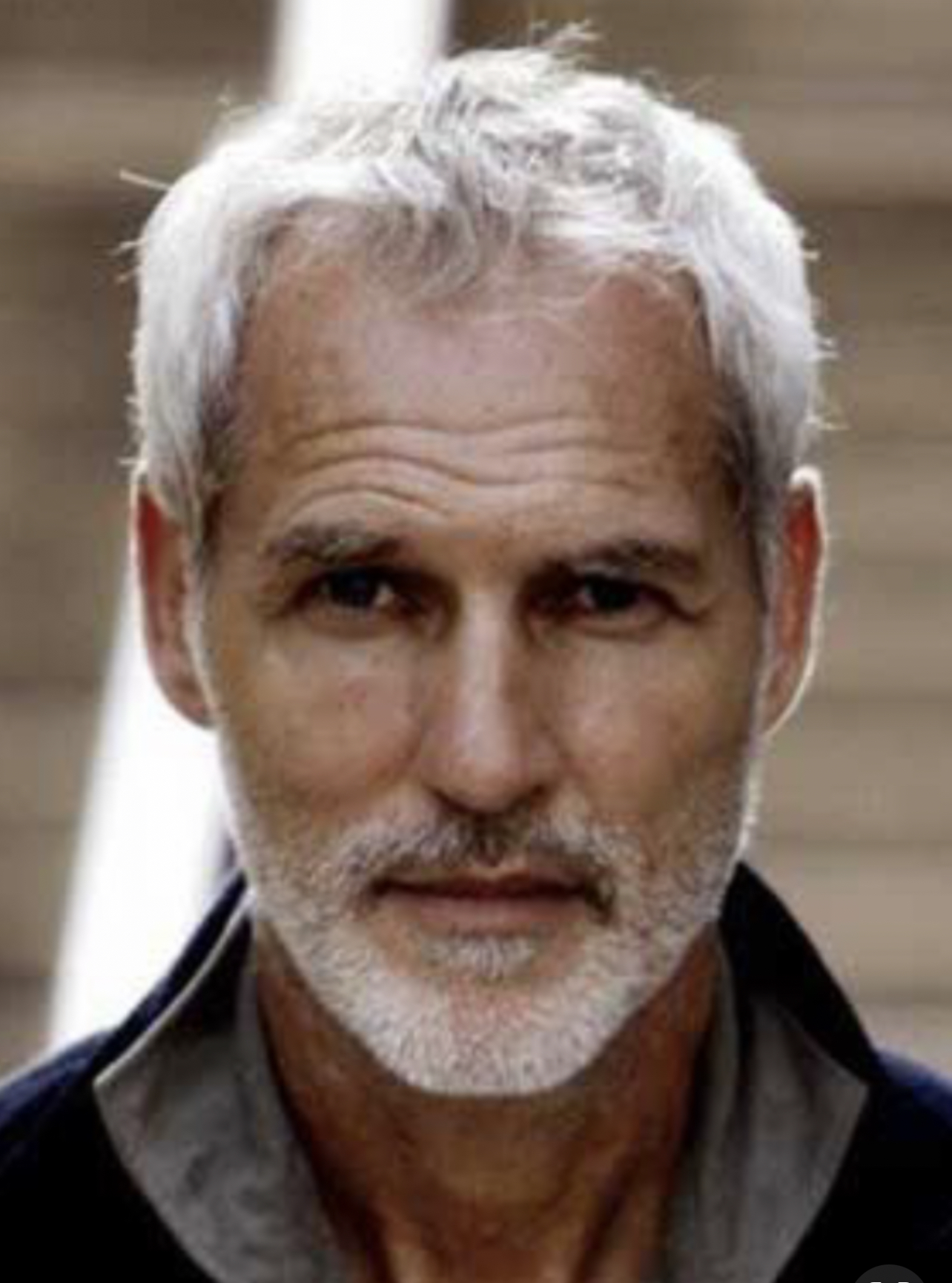What Is Normal?
- WG Harper
- Apr 21, 2024
- 3 min read

In the complex world in which we exist, the concept of "normal" is as vague as it is widespread. It is a benchmark against which we measure ourselves and others, often unconsciously, defining the factors of acceptability within society. However, the very notion of normality is filled with subjectivity, shaped by culture, time, and individual perception. It then begs the question: What is normal? And perhaps more importantly, should striving for normality be our aim, or is there greater value in embracing the diversity of human experience?
From the moment we entered the world, we were categorized based on arbitrary standards—standards that dictated the expected development of our physical, intellectual, and emotional development. Those who adhere closely to these expectations are labeled "normal," while deviations mark individuals as different, odd, or even strange. This black or white way of looking at us overlooks the complexity of human existence, where characteristics that set us apart—whether intellectual prowess, mechanical aptitude, or just simply ways of perceiving the world—enrich the overall human story.
Yet, the instinct to judge others based on their adherence to or deviation from these norms is embedded in our soul. Such judgments, however, speak more about the judge than the judged. They reveal fixed biases, insecurities, and the tendency to categorize the unfamiliar as “other”. When we label someone as abnormal or strange, we not only limit their identity to our narrow understanding but also weaken our own experiences by resisting the opportunity to expand our beliefs of what it means to be human.
The question then arises: If one is not normal, does this essentially imply they are abnormal? And does being different essentially imply being "freaky"? These questions touch upon basic issues of identity and acceptance. Furthermore, labeling differences as freakish is a clear display of fear and a lack of understanding. It is a defense mechanism, aiming to build barriers between the self and the other, the known and the unknown.
This fear and misunderstanding extend into more complicated areas, such as the world of developmental disabilities. Here, the contrast between normal and abnormal becomes simpler, driven by visible differences in ability and behavior. Yet, the essentials of humanity, the capacity for joy, sorrow, love, and the need for respect and dignity, remain. The societal impulse to isolate difference, to label it as abnormal or strange, does a disservice to all, restricting potential and perpetuating a culture of exclusion.
When considering the age-old debate of nature versus nurture in shaping individuals, the claim that nurture always triumphs speaks to the transformative power of environment, experiences, and education. While genetics provide the framework, it is the nuances of our upbringing, our interactions with others, and our personal experiences that make us the unique individuals we become. This implies that normality is a created perception, subject to change and reevaluation. It highlights the role of societal and cultural influences in shaping what is considered normal and reveals the uncertainty of this concept.
Recognizing that normal is a concept, rather than an absolute truth, can liberate us from the boundaries of conformity. It invites a celebration of diversity, fostering a society that values and nurtures the differences among its members. By moving beyond rigid categories of normal and abnormal, we open the door to a more inclusive world, where the value of the human condition can be fully expressed and appreciated.
Ultimately, the quest for normality is like chasing a mirage. Behavior that is considered normal vary with time, culture, and context. What was once deemed unusual can, over time, become the new standard. This uncertainty suggests that normality is not a fixed state to be achieved but a collection of human experiences, behaviors, and characteristics. When all is said and done, we find that normal is just a setting on a dryer.






Comments